The eastern and central United States and the southernmost regions of central and east Canada are home to the deciduous shrub known as American hazelnut or Corylus americana. You can find almond and them for sale mainly in western countries. Below some information about them is provided. The American hazel has a canopy extension of 3 to 4.5 m and reaches a height of 2.5 to 5 m (8 to 16 ft) (10 to 15 ft). It is a medium-sized to a giant shrub that, in some instances, resembles a small tree. Several stems and long branches frequently expand outward to form densely spreading or spherical shapes. It multiplies by sending suckers from roots that are 10 to 15 cm (4 to 6 inches) underground. Early to mid-spring flowering, the stamens (stamens) are 4 to 8 cm long, 2 to 5 tiny flowers (flies) are grouped in the protective buds of the flower buds, and the stamens’ tops have pronounced red patterns. Male monkey development occurs in the fall and winter. There are two bracts and four stamens on each male cat flower.
The American Hazelnut’s edible nuts ripen between July and October. Each nut is arranged in two unevenly shaped portions that resemble leaves. The masts of squirrels, deer, turkeys, woodpeckers, pheasants, and other animals are the sources of the nuts produced by American hazelnuts. Throughout the winter, cat grouse eat mostly tomcats. Although they are smaller than the more widely used farmed fibrils, raw nuts are edible (Corylus maxima, Corylus color, Corylus avellana, and hybrids). Hazelnut was employed as a medicine by Native Americans. To lure and safeguard local wildlife, hazelnut brand are planted as decorative plants in nearby botanical and wildlife gardens. American hazelnuts can be grown as ornamentals, and hybrid hazelnut varieties were created in North America to combine the giant nut with extraordinary resistance to Cryptosporidium. A multi-stemmed look will eventually develop on this medium to a fast-growing cultivar that is also moderately absorbent. It functions well with various soil pH kinds and types but excels in loamy soils with good drainage. American hazelnuts need full sun for the best development and growth. Plant density and fruit yield dramatically decrease in partial shade, even though they may grow and persist there.
Corylus americana leaf
The common term for Corylus americana comes from “hazelnut,” the hazelnut’s Old English name. Its leaf has a tipped shape with edges on the sides. Hazelnuts have been cultivated in the United States since the late 18th century. Corylus originates from the Greek word “korus,” which translates to “helmet.” This is a reference to the shape of a tough nutshell. The lindt hazelnut is a natural deciduous shrub that can grow up to 9 to 12 feet in height and is a member of the birch family. It grows natively in rocky forests and woodlands and on hillside pastures, woods, and woodland shrubs. It has alternating leaves, each of which has a serrated margin on both sides. The plant’s stems are hairy—grayish brown, smooth, and reticulated in a cross pattern. At the beginning of spring, the female stigma and its light brown, male, and red style mature. This plant can reach a height of 13 to 24 inches yearly, depending on how rapidly it grows. It has a primary stem that branches into many auxiliary stems at various points along the root system.
This plant bears a brown nut about half an inch in diameter that is enclosed within a husk resembling a leaf with jagged edges. When the nuts have reached their peak maturity in the autumn, often between September and October, they can be consumed. Nuts are typically produced on plants at least two to three years old, sometimes much longer. Growing plants in direct sunlight have the most significant number of nuts. It is possible to collect the fruit when the peels are still in their green state. When they become brown, there is more resource competition with the native fauna. The process of pruning can be done at any time of the year. To inhibit or reduce the growth of shrubs, spread a thin strain of roots that act as suckers. The blooms of the females will be crimson, while the flowers of the males will be transparent. Catkins are clumps of pollen that have a long anther and hang from the branches of the tree. Even though they can coexist on the same plant, they cannot self-cross. Cultivating many plants is essential, so there is sufficient opportunity for cross-pollination.
Corylus americana edible
If I had to pick just one edible fruit , hazelnuts would be my favorite wild food. The American hazelnuts (Corylus americana) are a filling snack that can be utilized in cooking whether you use the naturally occurring ones or the commercially available substitutes because they are rich in protein, fat, and flavor (called hazelnuts). The American and pit hazelnut are two species indigenous to North America. Both are ordinary bushes, and if you find some well-producing examples, finding hazelnuts is as simple as going to the grocery store. Learn how to recognize wild hazelnuts and where to look for them by reading on. In whole light, American hazel and Beak hazel both develop as multi-stemmed shrubs that, in central New England, grow to a height of about 12 feet. Beak Hazel is rumored to be able to reach heights of up to 25 feet, but I haven’t seen any trees here that are even close to that tall. Both species tend to be tiny and tall in shadow but grow into huge, dense, rounded bushes in broad sunlight. These trees are widespread in the forests around my neck, but they don’t produce a lot of nuts. 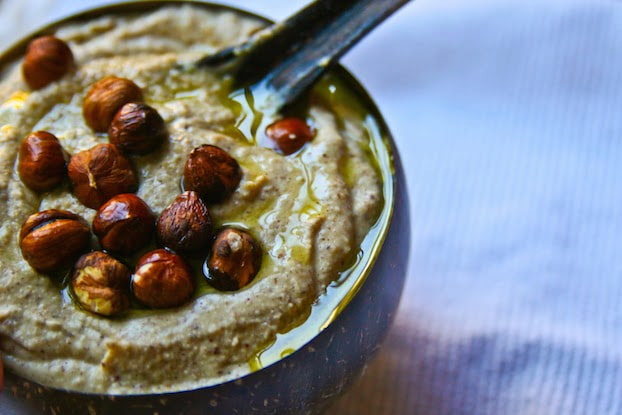 Although it is rumored that Hazel and Beak Hazel can occasionally combine to form one tree, I have never observed such a tree in the field. (In contrast, most of the Correls used for industrial hazelnut production like hazelnut butter typically become trees.) Although foliage greatly simplifies identification, looking for these bushes in the winter and early spring before you depart still fascinating. Both species have branches that are a dull grey-brown color that blends in with other shrubs, but the cat (male flower) is easily distinguished long before the leaves appear in winter. Sessile hazelnuts grow on little stems, but American hazelnuts grow on small stems (as in my photo). Thus, you can even use cochineal to tell them apart from beak hazelnuts (attached directly to the branch, not attached stem). Brown cats are often no longer than an inch long throughout the winter. Cats produce pollen when they expand to a few inches in size in the early spring.
Although it is rumored that Hazel and Beak Hazel can occasionally combine to form one tree, I have never observed such a tree in the field. (In contrast, most of the Correls used for industrial hazelnut production like hazelnut butter typically become trees.) Although foliage greatly simplifies identification, looking for these bushes in the winter and early spring before you depart still fascinating. Both species have branches that are a dull grey-brown color that blends in with other shrubs, but the cat (male flower) is easily distinguished long before the leaves appear in winter. Sessile hazelnuts grow on little stems, but American hazelnuts grow on small stems (as in my photo). Thus, you can even use cochineal to tell them apart from beak hazelnuts (attached directly to the branch, not attached stem). Brown cats are often no longer than an inch long throughout the winter. Cats produce pollen when they expand to a few inches in size in the early spring. 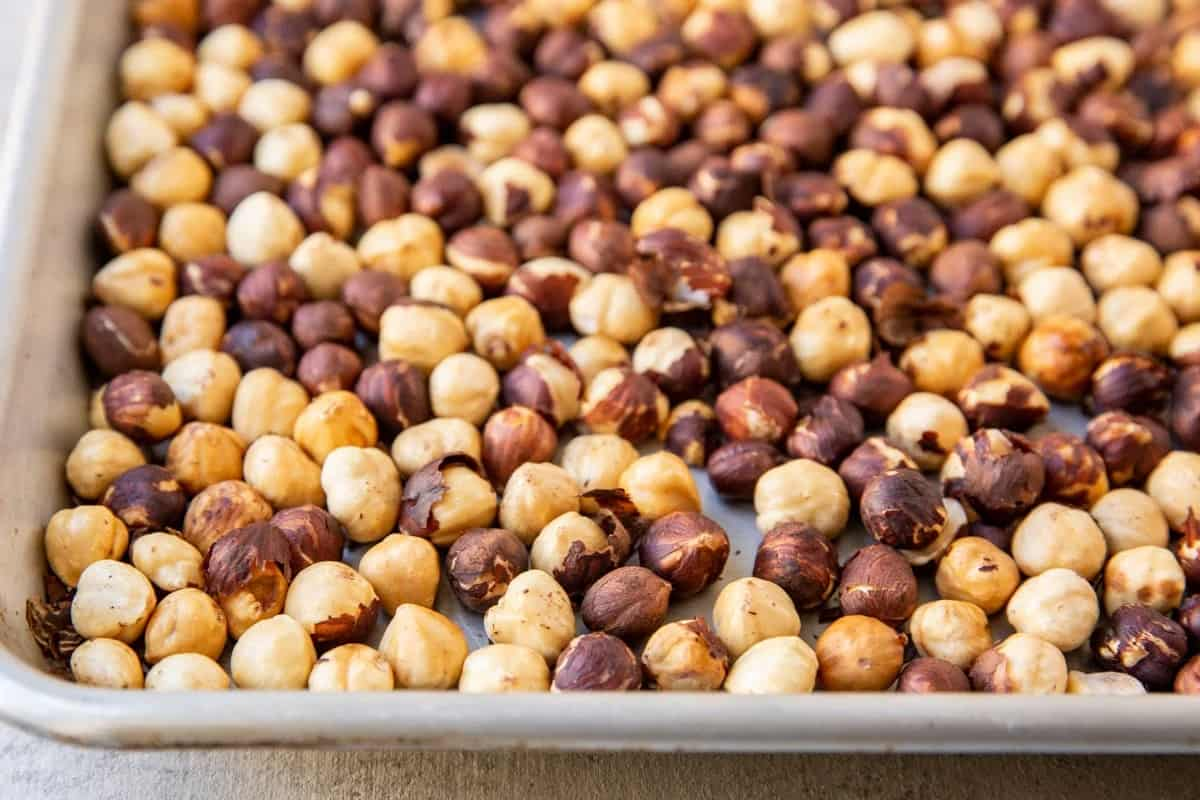
Corylus americana propagation
A flowering shrub of the Betulaceae family, the American hazel is also referred to as the American hazel or the Corylus americana. This lovely shrub belongs to deciduous shrubs, species that generally shed their leaves, blooms, and fruit in the autumn. This title will explain more about it and also about its propagation. The American hazel is commonly cultivated in many areas of the central and eastern United States and southern Canada. Around the world, American hazel is a widely used decorative plant. This plant thrives in locations that meet its growth needs, such as regional botanical gardens, safari parks, and others. The best feature of this shrub is that its delicious fruits are vital components of the local environment. American hazel is simple to cultivate and maintain, like other shrubs. It is a plant with an overall lumpy appearance made up of several stems as it proliferates.  Just wait and see how simple it is to have other children by your side if you already think American soaked hazelnut is an amiable buddy! Due to their rapid growth patterns, these shrubs can be propagated by seed or division and produce results immediately. Don’t be afraid to experiment on your lovely plants! The procedure can be enjoyable, and you can delight your loved ones by giving them beautiful presents. The seeds should be planted as soon as possible following the fall harvest, whether in pots, cold shelves, or any other container. The pot should be placed in a warm, shady area, with the seeds planted in the same potting soil as the mother plant. Germination typically happens 1-6 months after seeding. Until late winter or early spring, you will have some lovely seedlings ready to be placed in the garden or their containers. The American hazel can be propagated more quickly by division because all you need to do is separate the roots into 3-6 sections and plant each separately. Make sure each department has a fair number of branches, though. To produce additional offspring for your garden, you may clip a few branches off and put them in a substrate that drains well.
Just wait and see how simple it is to have other children by your side if you already think American soaked hazelnut is an amiable buddy! Due to their rapid growth patterns, these shrubs can be propagated by seed or division and produce results immediately. Don’t be afraid to experiment on your lovely plants! The procedure can be enjoyable, and you can delight your loved ones by giving them beautiful presents. The seeds should be planted as soon as possible following the fall harvest, whether in pots, cold shelves, or any other container. The pot should be placed in a warm, shady area, with the seeds planted in the same potting soil as the mother plant. Germination typically happens 1-6 months after seeding. Until late winter or early spring, you will have some lovely seedlings ready to be placed in the garden or their containers. The American hazel can be propagated more quickly by division because all you need to do is separate the roots into 3-6 sections and plant each separately. Make sure each department has a fair number of branches, though. To produce additional offspring for your garden, you may clip a few branches off and put them in a substrate that drains well.

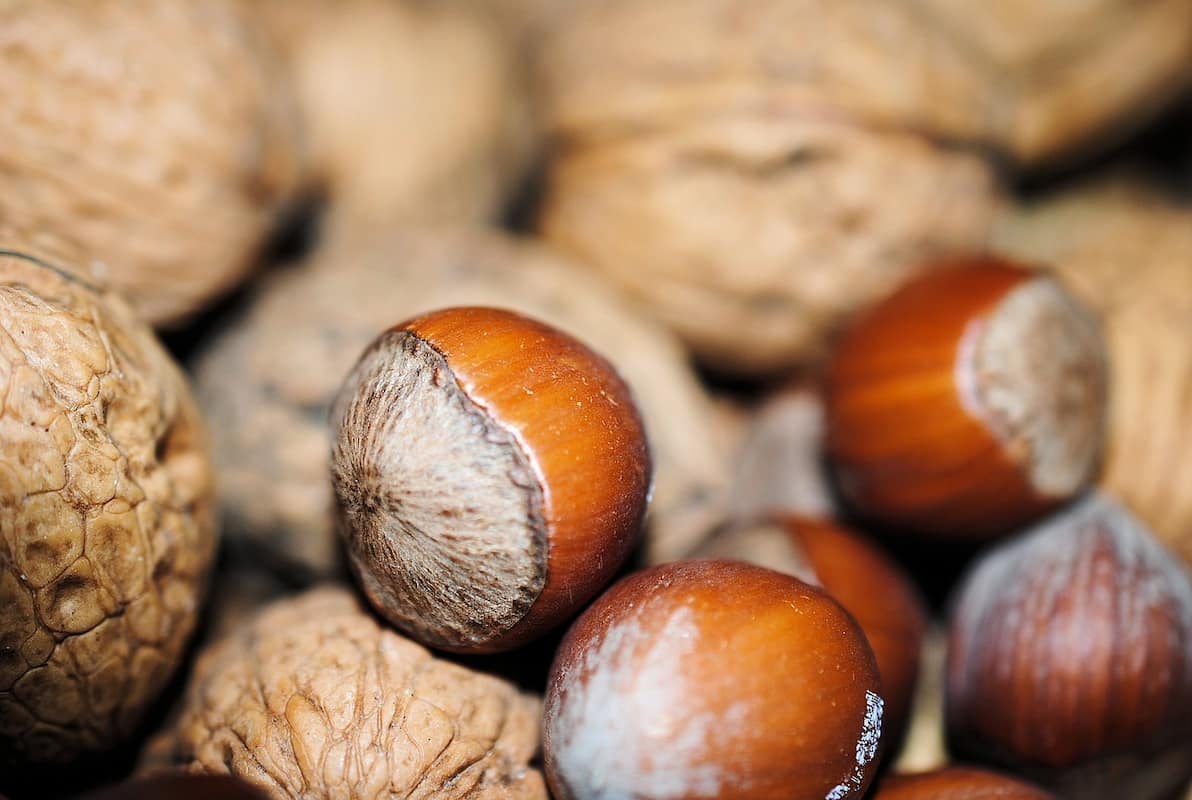
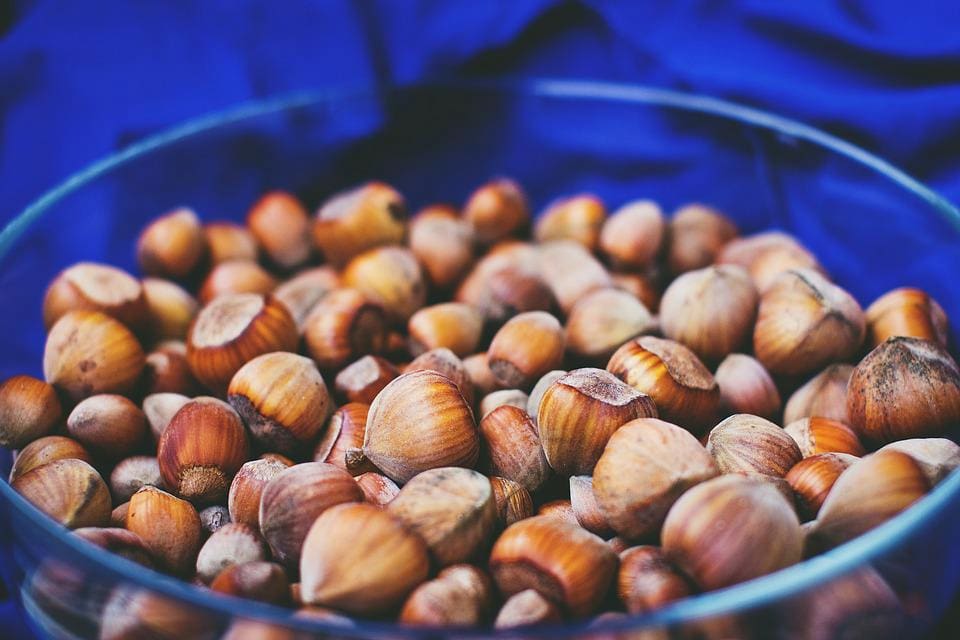
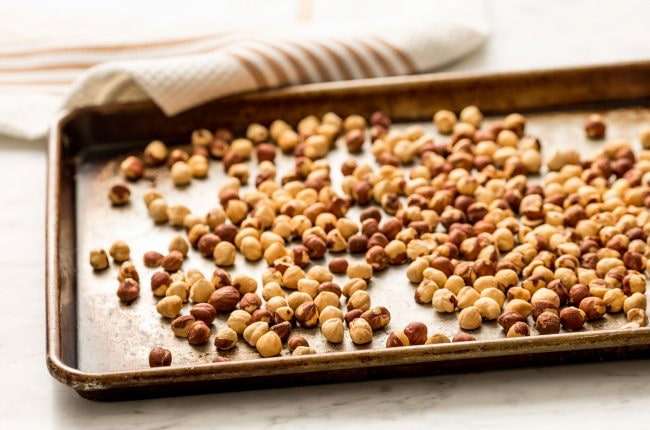



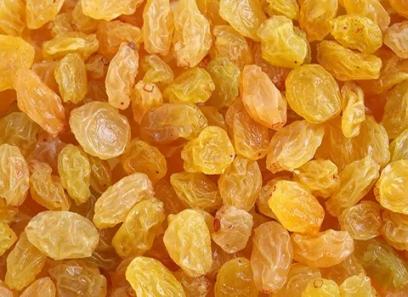

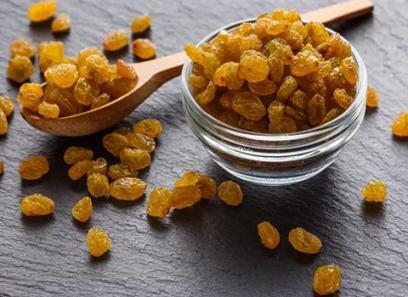


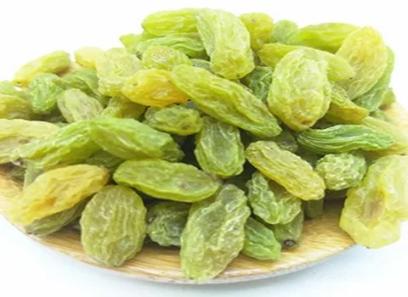
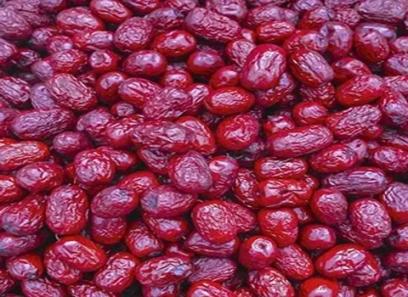
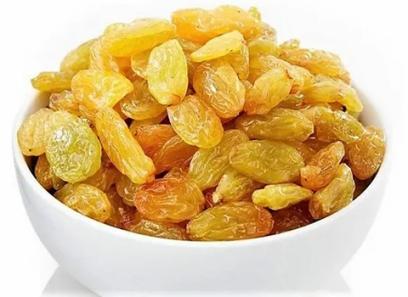
Your comment submitted.